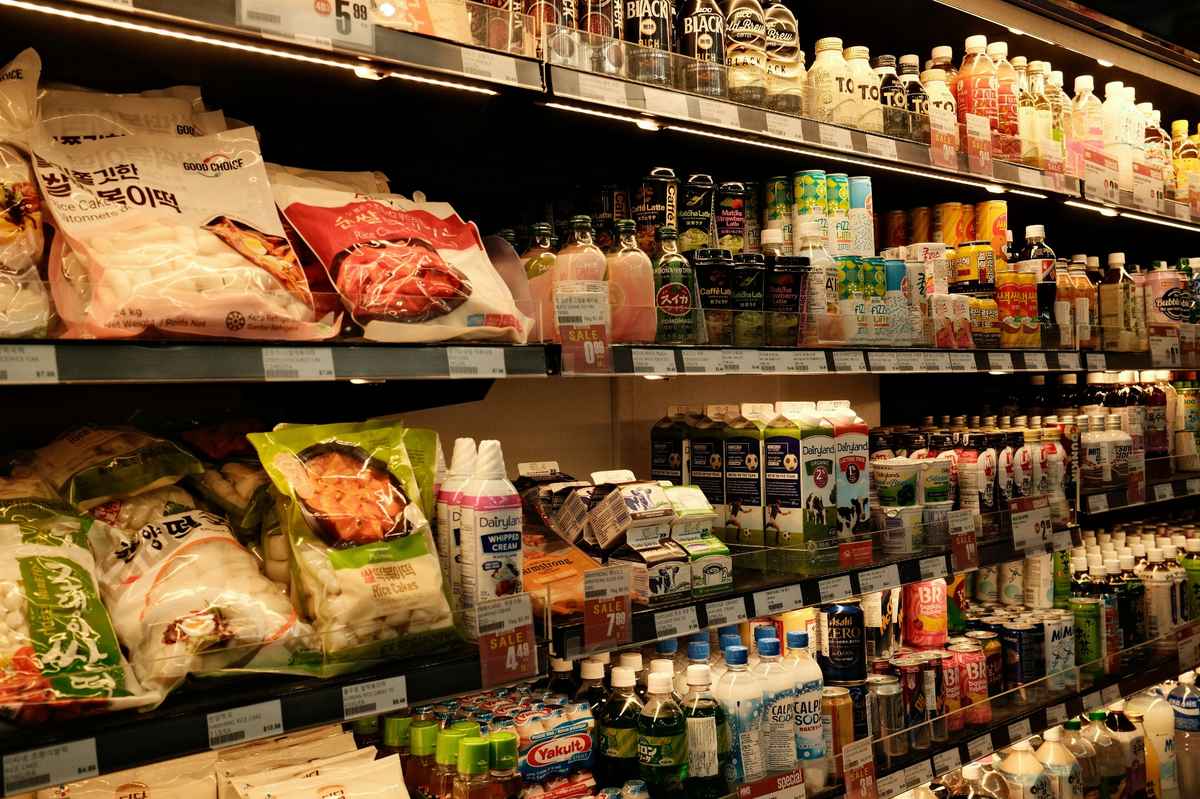A quiet revolution is happening in the way we think about food. For decades, ultra-processed foods those convenient, ready-to-eat products packed with additives, flavorings, stabilizers, and artificial ingredients have dominated supermarket shelves and dinner tables. They promised efficiency, taste, and affordability, becoming the backbone of modern diets. But in 2025, this comfort is coming under intense scrutiny. Scientists, regulators, and even the food industry itself are being forced to confront an uncomfortable truth: convenience may have come at too high a cost to our health.
The U.S. Food and Drug Administration and the National Institutes of Health recently launched a joint initiative to study the real impact of ultra-processed foods on long-term health. It’s one of the most ambitious nutrition research efforts in decades, and it signals a major shift in how seriously governments are taking this issue. For years, the conversation around food and health focused on calories, sugar, and fat. Now, the discussion has expanded to how our food is made, not just what’s in it. The concern is that the industrial processes used to create these foods emulsification, extrusion, hydrogenation, and chemical flavor engineering—may alter how our bodies respond to them, potentially driving chronic disease even when traditional nutrient targets look “healthy” on paper.
The evidence is mounting. Recent large-scale studies summarized by the NIH show that people who consume higher amounts of ultra-processed foods are at greater risk for heart disease, obesity, diabetes, and even depression. These links hold up even after adjusting for lifestyle factors like exercise or income. In 2025, scientists are going a step further: conducting tightly controlled feeding trials where participants eat matched diets one mostly whole-food, the other ultra-processed with identical calories and macronutrients. Early results are eye-opening. Even when calorie intake is controlled, those consuming ultra-processed meals show higher inflammation markers, poorer blood sugar control, and disrupted gut microbiota. It’s becoming harder to argue that processing itself isn’t part of the problem.
This growing body of evidence is reshaping public policy and consumer expectations. Regulators are considering new front-of-package labeling that could identify and warn against products classified as “highly processed.” Food manufacturers, anticipating the shift, are racing to reformulate. Brands that once marketed “low fat” or “sugar-free” are now adding new badges like “minimally processed” and “clean label.” Consumers are noticing, and they’re starting to reward transparency. In an age when people photograph their meals and share their lifestyles online, the story behind what’s on the plate has become just as important as the nutrition label itself.
At the same time, awareness is spreading through social media, documentaries, and wellness communities. People are rediscovering cooking as an act of self-care, choosing foods closer to their natural state, and questioning why a simple snack needs twenty ingredients to taste good. Grocery stores are seeing a renewed interest in whole grains, fermented foods, and fresh produce, while ultra-processed staples like instant noodles and sugary cereals are losing cultural prestige. The shift isn’t about perfection it’s about progress, and a growing sense that our health and food culture deserve better than artificial substitutes.
What makes this moment especially powerful is that it’s not driven by fear but by empowerment. People are realizing they can influence not just their own health but the entire food system through their choices. Governments are listening, scientists are investigating, and industries are adapting. The tide is turning toward a future where “real food” is once again the default, not the exception.
Ultra-processed foods were once the symbol of modern progress, but in 2025 they have become a mirror reflecting the consequences of our industrial appetite. The microscope is no longer just a metaphor it’s a movement. As new research and regulations unfold, the question we face is simple but urgent: do we continue to let processing define our plates, or do we reclaim the integrity of what we eat? The answer could shape not only our diets but the health of generations to come.









